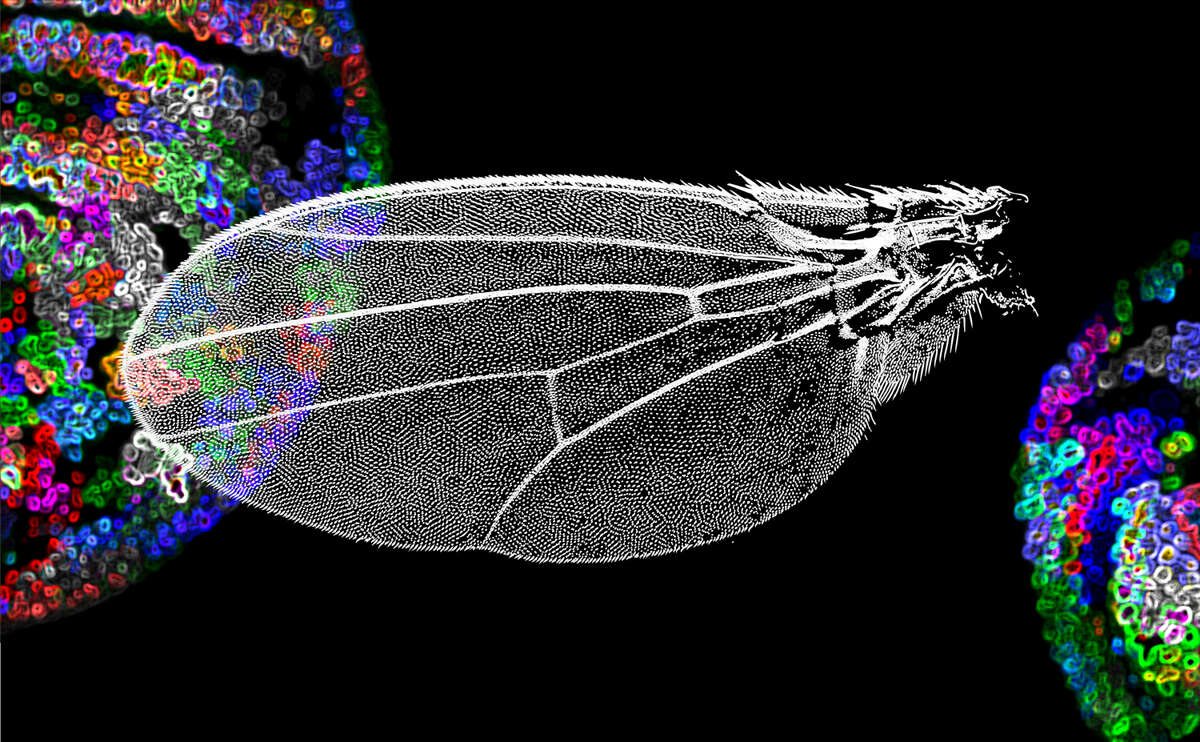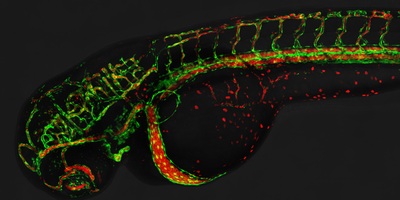Main Content
How do cellular networks develop?
Information about cellular and molecular processes involved in the development of branched organs and blood vessels may provide valuable evidence for understanding the healing process after disease or injury.
During the development of a multicellular organism, a living entity develops from a single cell – the fertilized egg. Our research group wants to understand more about the underlying cellular and molecular processes involved in developing tissues and organs. We are interested in determining how cells move in order to reach a particular location and how the size of an organism is established. We are also doing research to uncover how complex cellular networks, such as the vascular system, are formed.
Basics of organ development in the fruit fly
We are using genetic methods to analyze the development of various organs in the fruit fly Drosophila melanogaster. In order to do this, we have developed special techniques which allow us to follow organ development in the living animal with the aid of fluorescent proteins. These studies have enabled us to develop models describing the formation of the tracheal system and the wings in precise detail (Figure 1).
Development of blood vessels in the zebrafish
Insight gained from tracheal development in fruit flies is helping us to understand the development of the vascular system in higher animals such as the zebrafish. We are investigating how the various blood vessels are generated and how they are combined into a network. We are particularly interested in the way in which vessels are remodeled during development, when they are injured, and in disease states. We are pioneering the use of fluorescent microscopy to demonstrate these cellular processes in the living, almost transparent, zebrafish. Detailed understanding of these processes could help to improve the treatment of diseases such as cancer, by trying to effectively suppress the blood supply to the growing tumor.
Novel protein-binder based tools to study animal development
Research in biology would greatly benefit from the availability of tools that enable protein function to be regulated directly and acutely in vivo. Functionalized protein binders (nanobodies, DARPins, and many others) have emerged as versatile tools that can be used to target and manipulate specific proteins inside and outside cells. We have pioneered the use of protein binders in drosophila and in zebrafish. We are investing major efforts to improve and apply these exciting tools in vivo to better understand how complex organs such as the vasculature develop and function.





